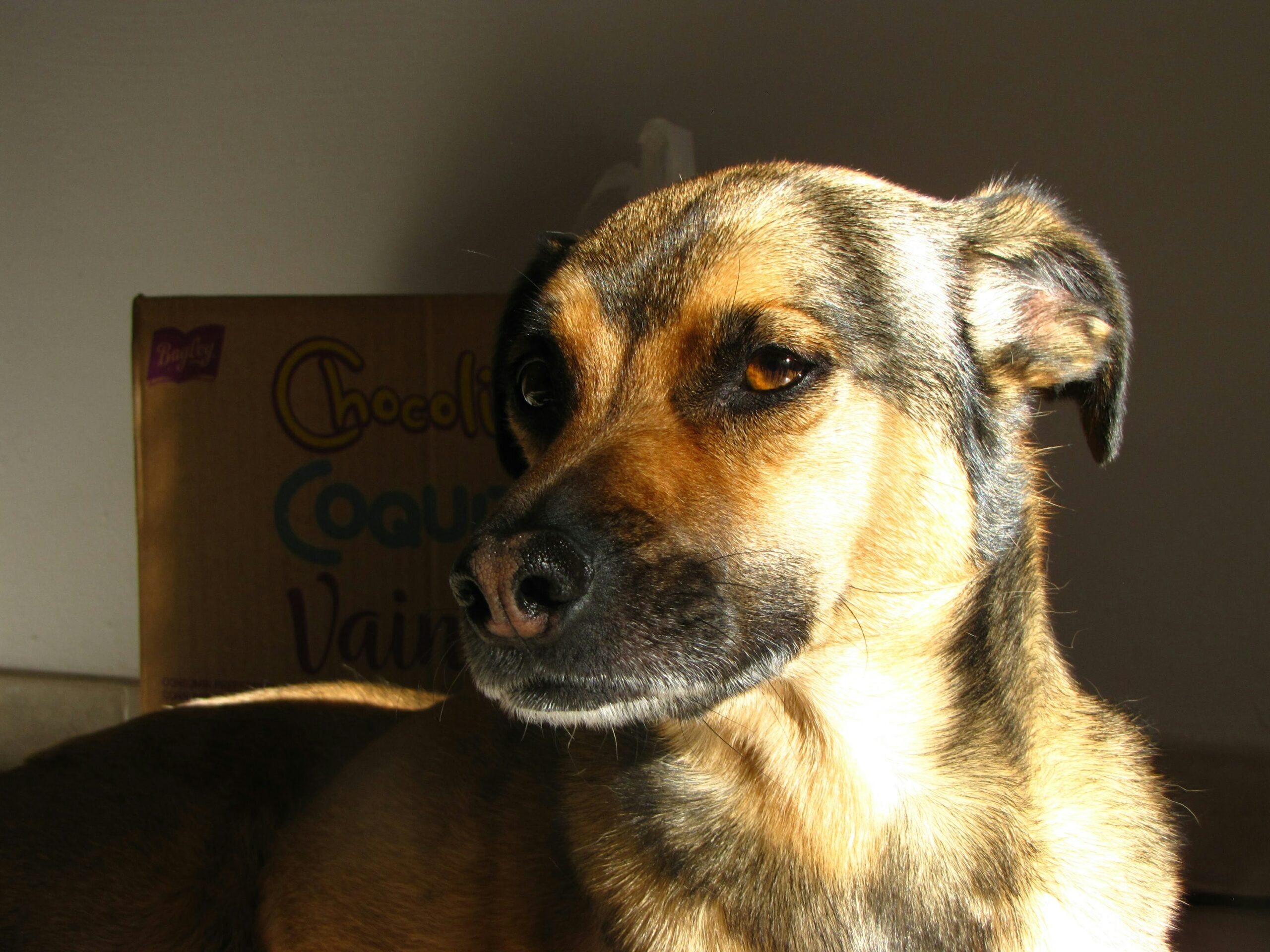Building Trust with a New Dog
Bringing a new dog home is a whirlwind of excitement and uncertainty—for both of you. Whether it’s a rescue with a mysterious past or a puppy fresh to the world, building trust with a new dog is the foundation of a happy life together, and it’s a question every pet owner wrestles with. It’s not instant magic, but with the right approach, it’s deeply rewarding, and this guide will show you building trust with a new dog through gentle steps, personal stories, and a glimpse at 2025’s trust-building trends. Let’s forge a bond that lasts.
Why Trust Matters
Dogs thrive on trust—it’s their lifeline to feeling safe. A shaky start can mean fear, skittishness, or even aggression, while a solid bond brings calm and loyalty. The Petfinder team notes that trust shapes behavior—without it, training flops and stress spikes. It’s not just about obedience; it’s about creating a partnership where your dog knows you’ve got their back, and they’ve got yours.
Step 1: Give Them Space
First days are overwhelming—new smells, sounds, faces. Let your dog decompress in a quiet corner—a crate, a bed, a room with a gate. No crowding, no forced cuddles. When I brought home Rusty, a wiry rescue, he hid under the couch for hours; I left water nearby and waited. Space says, “You’re safe here”—pressure screams the opposite. They’ll come out when ready, and that’s the first thread of trust.
Step 2: Learn Their Language
Dogs talk with tails, ears, eyes—watch them. A tucked tail or flattened ears mean back off; a loose wag or curious sniff says keep going. Rusty’d freeze if I loomed; I’d sit low, and he’d relax. The Vetstreet pros stress this—reading cues builds a dialogue. Misread them, and trust stalls; get it right, and you’re speaking their tongue.
Step 3: Offer Predictable Routines
Chaos unnerves dogs; routine soothes. Set feeding, walking, and sleep times—same hour, same spot. Rusty ate at 7 a.m. sharp; by day three, he’d wait by the bowl, tail up. Predictability whispers, “I’ve got this”—a lifeline for a dog unsure of what’s next. Stick to it, even weekends; consistency is trust’s bedrock.
Step 4: Use Gentle Hands
Touch builds or breaks. Start slow—hand under their chin, not over their head; it’s less threatening. If they lean in, pet softly; if they shrink, stop. Rusty flinched at first—I’d offer my palm, let him sniff, then stroke. No grabbing, no squeezing—gentle says, “I won’t hurt you.” Time turns wariness to wags.
Step 5: Feed with Care
Food’s a trust goldmine. Hand-feed bits of kibble or treats—let them approach. Rusty’d inch closer for chicken; soon, he’d eat from my fingers, eyes locked on mine. Pair it with a soft “good boy”—it ties you to the good stuff. The Hill’s Pet Nutrition folks say this links you to safety—food becomes your handshake.
Step 6: Play on Their Terms
Play invites trust, but don’t force it. Toss a ball—see if they chase. Tug lightly if they grab a rope. Rusty ignored toys at first; I rolled a squeaky ball, and he pounced day five—tail flying. No yanking, no chasing them—let them set the pace. Fun says, “You’re fun to be with,” and trust grows in the giggles.
Step 7: Train with Kindness
Basic commands—sit, stay—build confidence, but keep it gentle. Treats, not shouts—lure with a snack, reward the win. Rusty learned “sit” in a week; I’d hold a treat up, he’d plop, I’d cheer. No jerking leashes or harsh “no”—the Petfinder crew warns it erodes trust fast. Positive vibes teach, “I’m fair.”
Step 8: Respect Their Past
Every dog’s got baggage—rescues especially. Rusty’d cower at brooms—sweeping spooked him. I stashed it, moved slow; he eased up. Watch for triggers—loud noises, fast hands—and dodge them. Trust heals wounds, but it’s slow—push too hard, and old fears flare. Patience rewrites their story.
Step 9: Build Social Bonds
Introduce people and pets gradually—trust in you extends outward. One friend at a time, calm dogs later. Rusty met my sister with treats in hand; he sniffed, then sat—progress. No mobs, no roughhousing—steady intros say, “I’ll keep this safe.” Overwhelm undoes trust; ease wins friends.
Step 10: Tap 2025’s Trust Tools
Trust-building’s getting savvy in 2025. Calming wearables—vibrating collars—pulse relaxation; pheromone diffusers mimic mom-dog vibes. Apps track stress cues—tail logs for tweaks. Rusty’d love a vibe-collar; I’m eyeing it. These boost the basics—tech meets heart for a trust turbocharge.
Troubleshooting Trust Bumps
Setbacks hit—adjust. Hiding persists? More space, less noise. Food refusal? Vet check—stress or health? Rusty growled once—I backed off, tried treats next day; he softened. Fear’s a signal, not a wall—read it, shift gears. Chronic shakes or snaps? Pros help—trust takes teamwork sometimes.
Myths to Let Go
Let’s ditch bunk. “Trust’s instant”—nope, it grows. “Force works”—it backfires; fear isn’t trust. “Shy dogs can’t”—all can, with time. I thought Rusty’d stay skittish—wrong; he’s my shadow now. Truth trumps tales—trust’s a journey, not a switch.
A Trust Tale
My cousin’s rescue, Bella, was a trust test—cowering, silent. We gave her a crate nook, fed by hand, walked same paths. Week one, she peeked out; month’s end, she’d nudge my leg—tail wagging. Slow start, strong bond—your dog’s waiting.
Final Thoughts: Building Trust with a New Dog
Mastering building trust with a new dog is about space, care, and steady steps. Read them, reward them, roll with 2025’s edge—your dog’s your pal, and you’re their rock. So grab a treat, a leash, and your newbie—trust starts now.
Learn more For Best expert Tip Furry-Talk


No responses yet